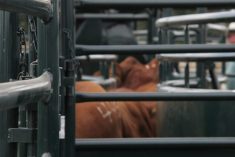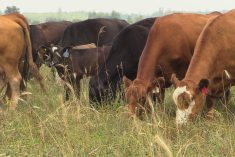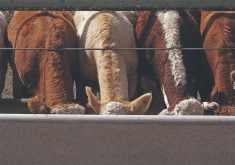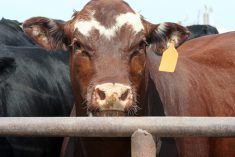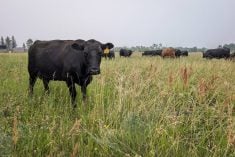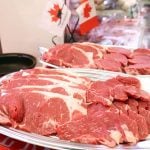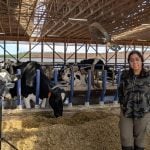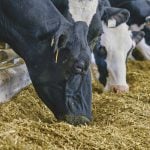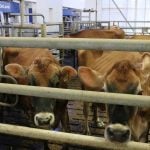Feeder cattle prices were $2 to $5 lower last week as excessive rains plagued most of Western Canada. Feedlots are contending with horrible pen conditions along with major inefficiencies in weight gains as cattle are up to their waists in manure. Lower prices did little to spur on buying enthusiasm as potential for higher death loss and early sickness had order buyers on the sidelines.
Despite the lower feeder supplies, the demand was not able to sustain the current environment. The $6 per hundredweight (cwt) drop in live cattle prices is worth $75 a head to the feedlot operator and feeding margins have once again move back near break-even or negative territory. This value needs to come off the replacement purchase price, or feedlots start the next round of feeding in red ink.
Read Also
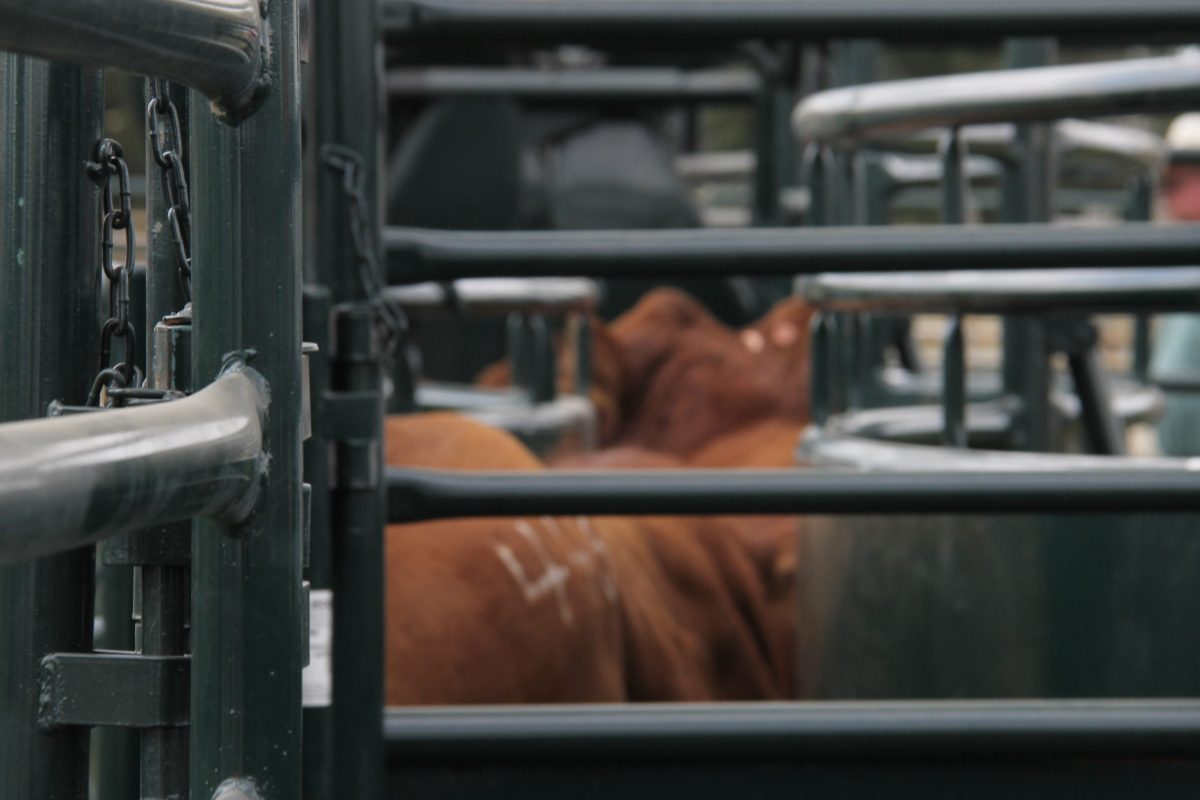
U.S. livestock: Feeders continue to fall; live cattle level out
Chicago live cattle futures leveled out to finish on either side of unchanged, Tuesday, after days of precipitous declines. Feeders…
Cattle producers need to theoretically switch places with a steakhouse owner to understand the fears coming forward. Weaker equity markets, abnormally high U.S. unemployment numbers and softer GDP projections may temporarily erode consumer confidence.
The forces that took the feeder market to historical highs are the same influences causing nearby volatility. We’ve seen in the past how the world economies are connected: Greek, Spain, Portugal and a variety of other countries are moving through contraction, which can stem the tide of North American economic expansion. If the average consumer income starts to shrink from current levels, feeder cattle and beef prices will fall further.
Longer-term supply projections continue to tighten as the U.S. cow slaughter is running 10 per cent above year-ago levels. The current weakness in the world economy may be a short-term correction in a longer-term bullish expanding environment. Producers need to have operational plans one to three years forward, given the current supply situation.
— Jerry Klassen is a commodity market analyst in Winnipeg and maintains an interest in the family feedlot in southern Alberta. He writes an in-depth biweekly commentary, Canadian Feedlot and Cattle Market Analysis, for feedlot operators in Western Canada. He can be reached by email at [email protected] or 204-287-8268 for questions or comments.
The material contained herein is for information purposes only and is not to be construed as an offer for the sale or purchase of securities, options and/or futures or futures options contracts. While the information in this publication cannot be guaranteed, it was obtained from sources believed to be reliable. The risk of loss in futures trading can be substantial. The article is an opinion only and may not be accurate about market direction in the future. Do not use this information to make buying or selling decision because adverse consequences may occur. This information may be wrong and may not be correct about current market conditions in all areas of Canada. This is an opinion only and not based on verified facts.



